Embarking on a culinary adventure in Germany? Or perhaps you’re simply expanding your German vocabulary? Understanding how to talk about food is essential for both cultural immersion and practical communication. So, how do you say “food” in German, and what other food-related terms should you know? Let’s dive into a comprehensive guide to German food vocabulary.
Essential German Food Vocabulary
First and foremost, “food” in German is “das Essen.” This is your go-to term for general food-related conversations. But the world of German cuisine is vast and varied. Here’s a breakdown of essential vocabulary, covering everything from meals to specific ingredients:
Food and Meals
| English | German |
|---|---|
| Food | das Essen |
| Meal | die Mahlzeit |
| Breakfast | das Frühstück |
| Lunch | das Mittagessen |
| Dinner/Supper | das Abendessen |
| Snack | der Snack |
| Appetizer | die Vorspeise |
| Main Course | das Hauptgericht |
| Dessert | der Nachtisch |
| Groceries | die Lebensmittel |
| Foodstuff | die Nahrung |
| Food (for animals) | das Futter |
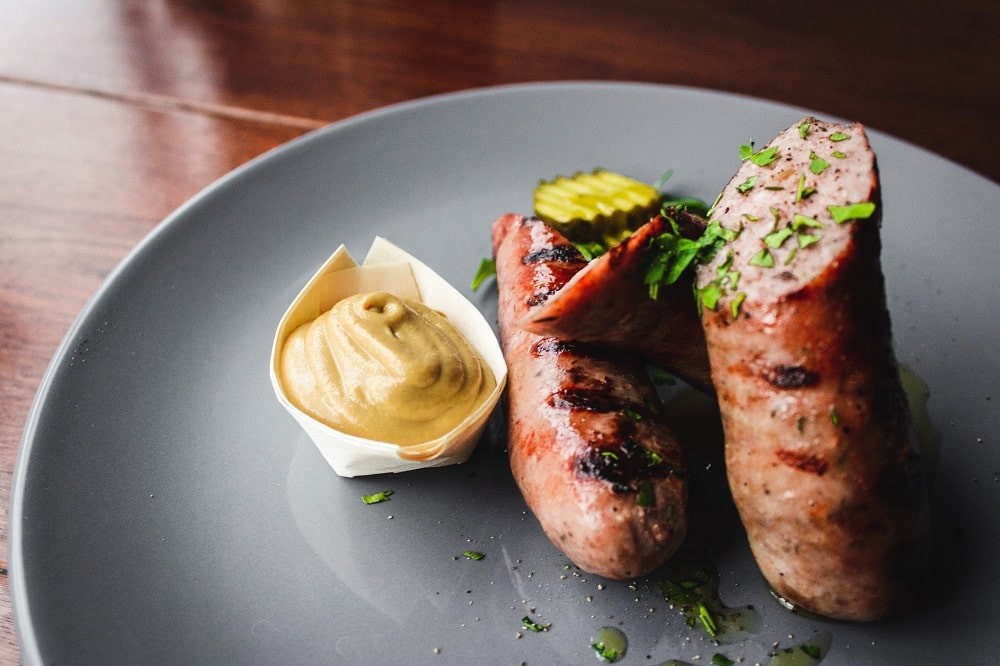
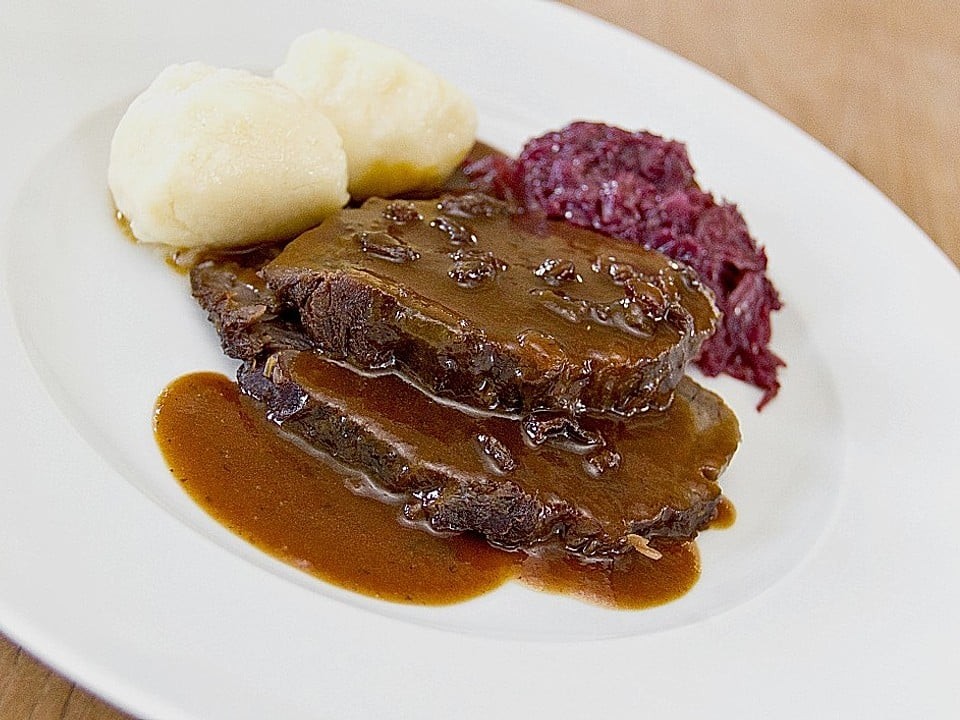
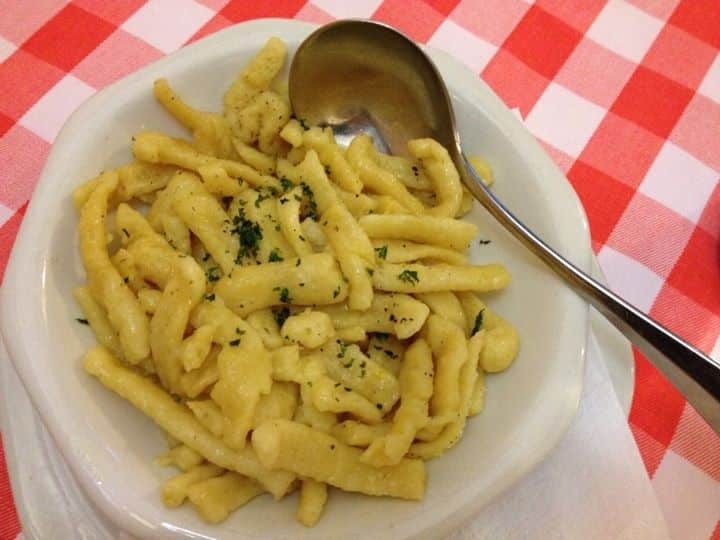
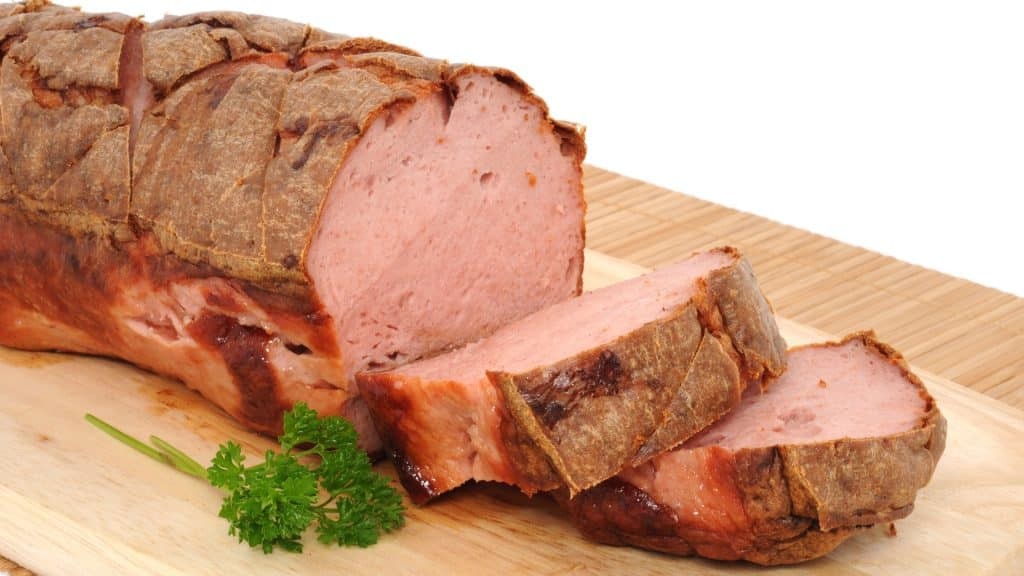
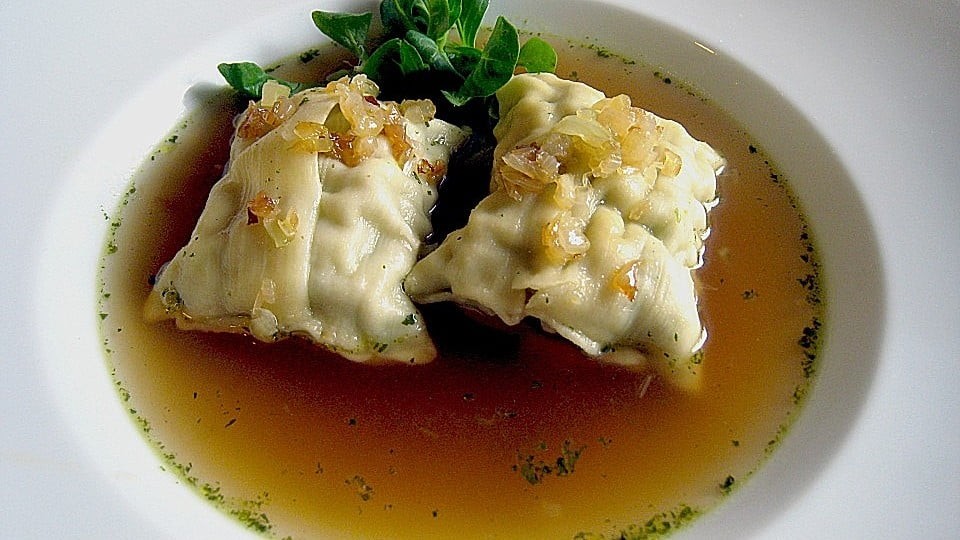
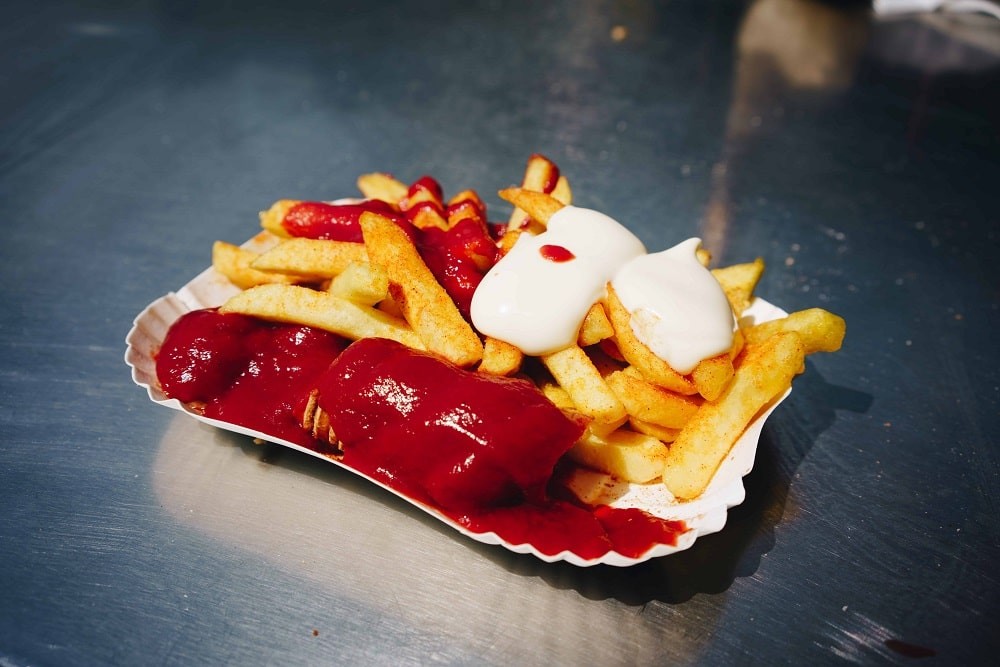
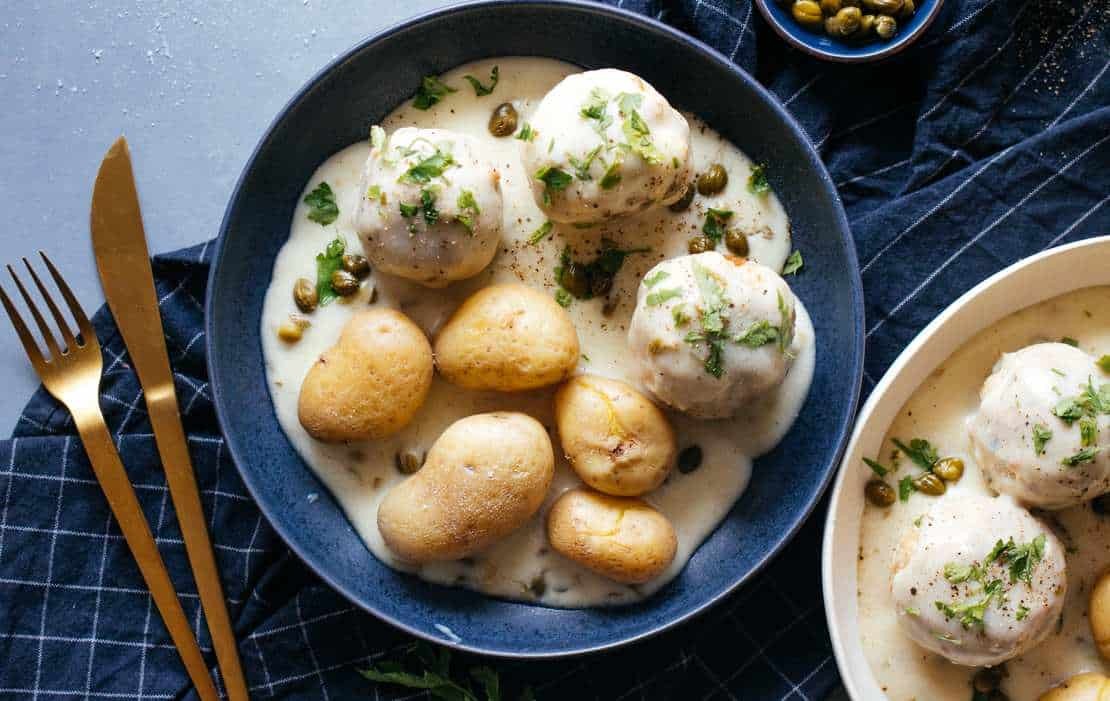
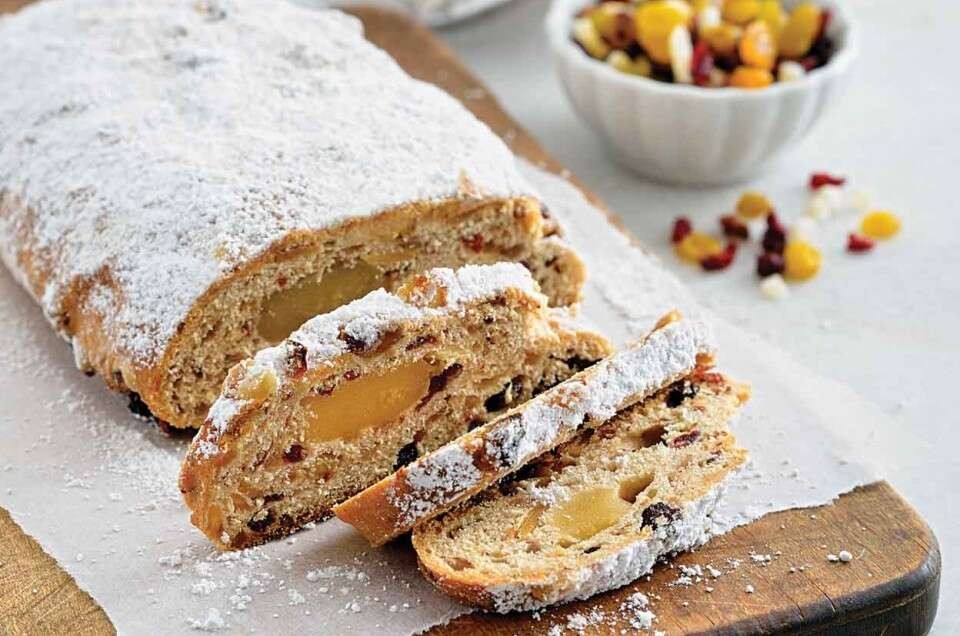
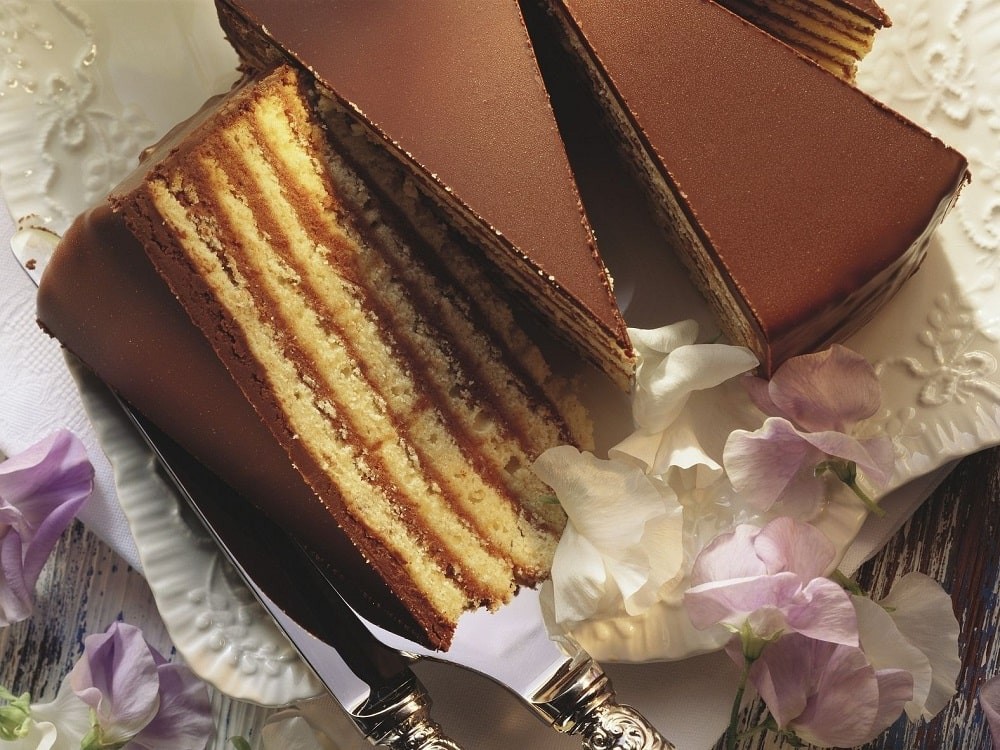
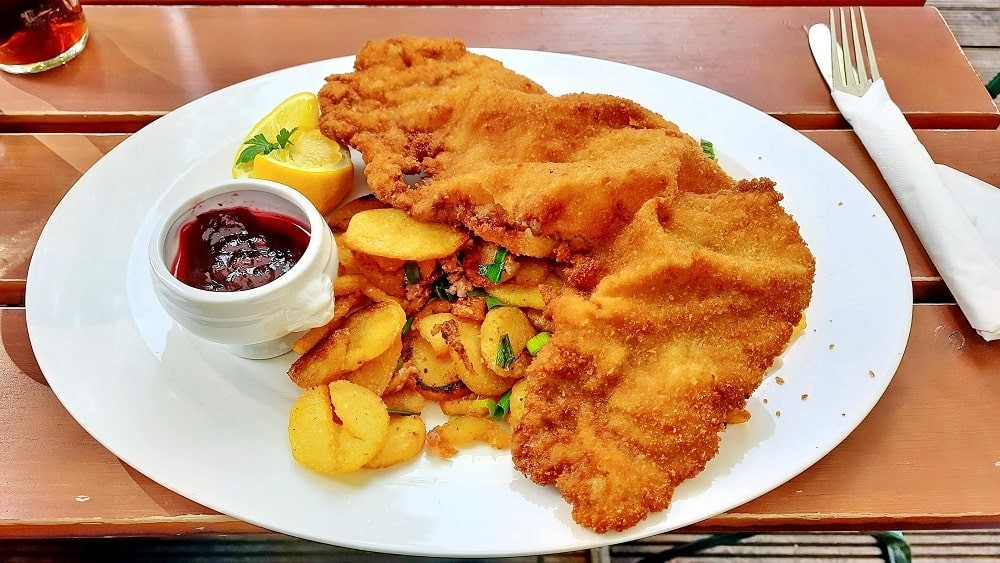
Fruits
| English | German |
|---|---|
| Apple | der Apfel |
| Banana | die Banane |
| Orange | die Orange |
| Strawberry | die Erdbeere |
| Grape | die Traube |
| Lemon | die Zitrone |
| Cherry | die Kirsche |
| Peach | der Pfirsich |
| Pear | die Birne |
| Mango | die Mango |
| Pineapple | die Ananas |
| Raspberry | die Himbeere |
| Blueberry | die Blaubeere |
| Watermelon | die Wassermelone |
| Kiwi | die Kiwi |
| Melon | die Melone |
| Pomegranate | der Granatapfel |
| Blackberry | die Brombeere |
| Plum | die Pflaume |
| Tangerine | die Mandarine |
| Fig | die Feige |
| Apricot | die Aprikose |
| Cranberry | die Cranberry |
| Lychee | die Litschi |
| Passion Fruit | die Passionsfrucht |
| Quince | die Quitte |
| Guava | die Guave |
| Avocado | die Avocado |
| Coconut | die Kokosnuss |
Vegetables
| English | German |
|---|---|
| Carrot | die Karotte/Möhre |
| Zucchini | die Zucchini |
| Tomato | die Tomate |
| Cucumber | die Gurke |
| Bell Pepper | die Paprika |
| Potato | die Kartoffel |
| Spinach | der Spinat |
| Onion | die Zwiebel |
| Garlic | der Knoblauch |
| Eggplant | die Aubergine |
| Asparagus | der Spargel |
| Cauliflower | der Blumenkohl |
| Broccoli | der Brokkoli |
| Peas | die Erbsen |
| Corn | der Mais |
| Beetroot | die Rote Beete |
| Mushroom | der Pilz/Champignon |
| Celery | die Sellerie |
| Leek | der Lauch |
| Radish | das Radieschen/Rettich |
| Fennel | der Fenchel |
| Pumpkin | der Kürbis |
| Sweet Potato | die Süßkartoffel |
| Brussels Sprouts | der Rosenkohl |
| Parsley | die Petersilie |
Meat
| English | German |
|---|---|
| Beef | das Rindfleisch |
| Pork | das Schweinefleisch |
| Chicken | das Hähnchen |
| Turkey | der Truthahn |
| Lamb | das Lamm |
| Veal | das Kalbfleisch |
| Sausage | die Wurst |
| Bacon | der Speck |
| Salami | die Salami |
| Ham | der Schinken |
| Liver | die Leber |
Seafood
| English | German |
|---|---|
| Shrimp | die Garnelen |
| Salmon | der Lachs |
| Cod | der Kabeljau |
| Tuna | der Thunfisch |
| Mussels | die Muscheln |
| Trout | die Forelle |
| Crab | der Krebs |
| Octopus | der Oktopus |
| Sardine | die Sardine |
| Herring | der Heringsfisch |
| Anchovy | die Anchovis |
| Lobster | der Hummer |
| Oyster | die Auster |
| Calamari | der Tintenfisch |
Dairy
| English | German |
|---|---|
| Milk | die Milch |
| Cheese | der Käse |
| Butter | die Butter |
| Yogurt | der Joghurt |
| Cream | die Sahne |
| Sour Cream | die Saure Sahne |
| Cottage Cheese | der Hüttenkäse |
Breads and Grains
| English | German |
|---|---|
| Bread | das Brot |
| Roll | das Brötchen |
| Rye Bread | das Roggenbrot |
| Whole Wheat Bread | das Vollkornbrot |
| White Bread | das Weißbrot |
| Multigrain Bread | das Mehrkornbrot |
| Bagel | der Bagel |
| Pretzel | die Brezel |
| Rice | der Reis |
| Wheat | der Weizen |
| Barley | die Gerste |
| Oats | der Hafer |
| Spelt | der Dinkel |
Condiments
| English | German |
|---|---|
| Salt | das Salz |
| Pepper | der Pfeffer |
| Ketchup | der/das Ketchup |
| Mustard | der Senf |
| Mayonnaise | die Mayonnaise |
| Vinegar | der Essig |
| Olive Oil | das Olivenöl |
| Honey | der Honig |
| Soy Sauce | die Sojasauce |
| Hot Sauce | die Scharfe Soße |
Desserts
| English | German |
|---|---|
| Cake | der Kuchen |
| Pastry | das Gebäck |
| Ice Cream | die Eiscreme |
| Chocolate | die Schokolade |
| Custard | die Vanillesoße |
| Fruit Salad | der Obstsalat |
| Apple Strudel | der Apfelstrudel |
| Black Forest Cake | die Schwarzwälder Kirschtorte |
| Cheesecake | der Käsekuchen |
Typical German Foods: A Culinary Journey
Beyond the basic vocabulary, exploring typical German foods offers a deeper understanding of the culture. Here are a few must-try German specialties:
-
Das Schwarzbrot (Rye bread): A dark, hearty bread made with wholemeal rye flour, a staple in German bakeries.
-
Die Brezel (Pretzel): A baked bread product shaped into a twisted knot, often enjoyed with beer.
-
Der Leberkäse (Meatloaf): Also known as Fleischkäse, a German meatloaf popular in Southern Germany.
-
Der Quark (Quark): A fresh dairy product similar to soft cheese, used in various recipes.
-
Das Sauerkraut (Sauerkraut): Fermented cabbage, a common side dish in Germany.
-
Die Bratwurst (Bratwurst): A German sausage, typically made from pork.
-
Die Weißwurst (White sausage): A Bavarian specialty made from minced veal and pork.
-
Der Süße Senf (Sweet mustard): Sweet mustard, a popular accompaniment to sausages in Southern Germany.
Traditional German Dishes: A Taste of Culture
German cuisine is diverse, with regional specialties offering a unique culinary experience. Here are some traditional German dishes you should definitely try:
Bratwurst
Bratwurst, a sausage made from beef, pork, or veal, is a German classic with over 40 regional variations. Grilled or fried, it’s often served with a Brötchen (bread roll) and hot mustard.
Sauerbraten
Sauerbraten, a pot roast marinated for days in a mixture of herbs, spices, vinegar, and wine, is a popular dish during the colder months. The marinade varies by region, with areas closer to France using red wine as the base.
Spätzle
Spätzle, a type of noodle or dumpling made with eggs, flour, and salt, is a common dish in Southern Germany. It can be served as a main course, like Käsespätzle (with cheese and fried onions), or as a side dish with meat.
Leberkäse
Leberkäse, a meatloaf made of corned beef, pork, and onions, is popular in Southern Germany. It’s baked until it has a brown crust and is often served hot on a bread roll with mustard.
Maultaschen
Maultaschen, pasta dough dumplings filled with meat, eggs, onions, spinach, parsley, and spices, originated in the Swabia region of Germany. Similar to Italian ravioli, they can be served in soup or as a main course.
Currywurst
Currywurst, a fast food dish popular throughout Germany, especially in Berlin, consists of a steamed and fried pork sausage served with a mixture of curry powder and ketchup. It’s often accompanied by a Brötchen or Pommes (french fries).
Königsberger Klopse
Königsberger Klopse, veal meatballs in a creamy white sauce made with capers and lemon juice, originated in the city of Königsberg (now Kaliningrad, Russia). They are traditionally served with boiled potatoes.
Stollen
Stollen, a bread made with dried or candied fruit, marzipan, nuts, and spices, is a popular treat during Christmas time. It’s usually topped with powdered sugar and is a must-try during the holiday season.
Prinzregententorte
Prinzregententorte, a multilayered cake with chocolate buttercream layers and a chocolate glaze, is a Bavarian pastry that is believed to be named after Prince Regent Luitpold of Bavaria.
Schnitzel
Schnitzel is a thin, breaded, and deep-fried cutlet of pork, veal, or chicken. Served with a lemon wedge, berry-based sauce, and potatoes, it’s a hearty and delicious meal.
Ordering Food in German: Essential Phrases
Knowing how to order food in German will greatly enhance your dining experience. Here are two useful phrases:
-
Ich möchte… (I would like…)
- Example: Ich möchte einen Apfelsaft. (I would like an apple juice.)
-
Ich hätte gern… (I would like…)
- Example: Ich hätte gern zwei Brötchen bitte. (I would like two bread buns please.)
Food Culture in Germany: More Than Just Eating
Food plays a significant role in German culture, extending beyond mere sustenance. Germans appreciate hearty, traditional meals, and regional variations add diversity to the cuisine. While meat dishes are common, there’s a growing trend towards international cuisine and vegetarian options.
Meal Types and Times
Germans typically start their day with a substantial breakfast, consisting of bread rolls or whole grain bread with various toppings, accompanied by coffee. Lunch is considered the main meal, while dinner is often a lighter, cold meal. However, modern lifestyles have led to more people eating warm meals in the evening.
Etiquette
Understanding German dining etiquette can help you navigate social situations:
- Wait until everyone is seated before starting to eat.
- Keep your elbows off the table.
- Say guten Appetit (good appetite) before beginning the meal.
- Make eye contact when toasting with drinks.
Conclusion
Learning how to say “food” in German is just the beginning of a delicious journey. By mastering these essential vocabulary words and exploring traditional dishes, you’ll gain a deeper appreciation for German culture and be well-equipped to navigate culinary experiences in German-speaking countries. Guten Appetit!
